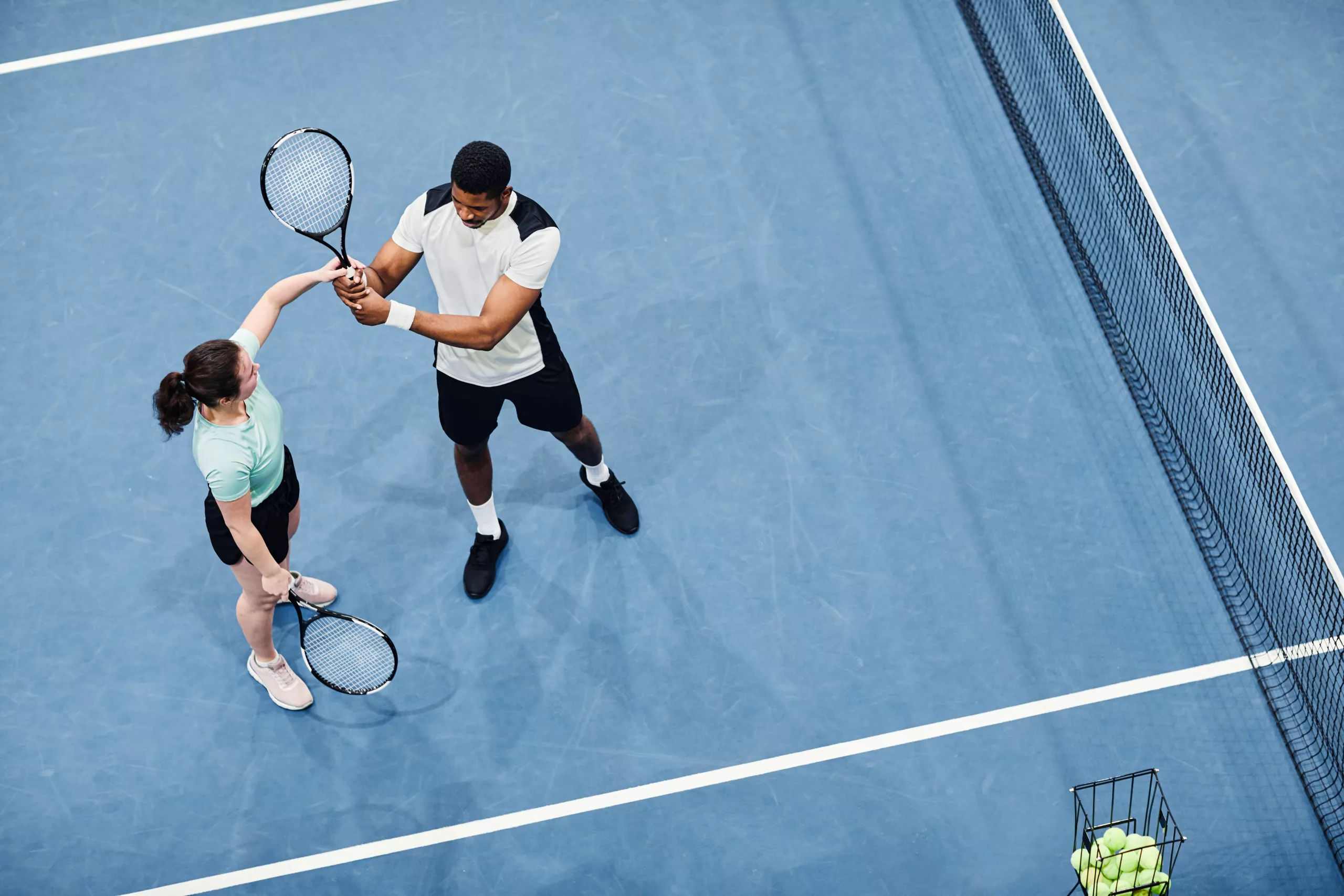View from the peanut gallery (not an instructor, no certification or qualifications in any organization - except I keep passing the test to tow the toboggan), there are three main problems with these ski instructor associations's teaching/skiing instructions:
1) In an effort to be non-dictatorial so as to allow capable ski instructors to choose a method that works for them and their client, the written material is vague enough to cover (almost) all approaches and methods that work, but not specific enough to give guidance to those learning how to teach (or ski) on applying any particular method or approach. Good luck to someone learning how to teach skiing and going for certification testing, especially if you aren't already good enough to know and demonstrate that you are completely sold on the flavour du jour while eschewing anything that has gone out of favour or is still on the way in. You can easily do that if you already know a lot, but good luck figuring it out as a learning ski instructor on the way up.
2) Semantics. It is often obvious from context and videos that many people take steering to mean applying a torque (the boot applies this torque to the ski through its attachment points) about an axis perpendicular to the surface of the snow to rotate the ski in a plane parallel to the snow (when the ski is not tipped relative to the surface, the surface of the ski is also this surface). It is also often clear that some have a broader interpretation of steering that includes the "self-steering" aspect of ski sidecut and a tipped ski. It is sometimes not clear whether the use of the informal logical fallacy of equivocation is deliberate or accidental.
3) It might be better if one or more specific methods/approaches were fully explained (exactly what to do and how to do it), while making it clear that other methods/approaches were not being ruled out. However, acquiring consensus among such a large and diverse group as a national ski instructor association on what method(s) to fully explain would be problematic.
1) In an effort to be non-dictatorial so as to allow capable ski instructors to choose a method that works for them and their client, the written material is vague enough to cover (almost) all approaches and methods that work, but not specific enough to give guidance to those learning how to teach (or ski) on applying any particular method or approach. Good luck to someone learning how to teach skiing and going for certification testing, especially if you aren't already good enough to know and demonstrate that you are completely sold on the flavour du jour while eschewing anything that has gone out of favour or is still on the way in. You can easily do that if you already know a lot, but good luck figuring it out as a learning ski instructor on the way up.
2) Semantics. It is often obvious from context and videos that many people take steering to mean applying a torque (the boot applies this torque to the ski through its attachment points) about an axis perpendicular to the surface of the snow to rotate the ski in a plane parallel to the snow (when the ski is not tipped relative to the surface, the surface of the ski is also this surface). It is also often clear that some have a broader interpretation of steering that includes the "self-steering" aspect of ski sidecut and a tipped ski. It is sometimes not clear whether the use of the informal logical fallacy of equivocation is deliberate or accidental.
3) It might be better if one or more specific methods/approaches were fully explained (exactly what to do and how to do it), while making it clear that other methods/approaches were not being ruled out. However, acquiring consensus among such a large and diverse group as a national ski instructor association on what method(s) to fully explain would be problematic.
Last edited:
 I've heard that used as a reason as well... it may also simply be "steering by committee" which is famously inefficient... also, changing leaderships resulting in radically changing manuals every half a decade doesn't help the situation...
I've heard that used as a reason as well... it may also simply be "steering by committee" which is famously inefficient... also, changing leaderships resulting in radically changing manuals every half a decade doesn't help the situation...

